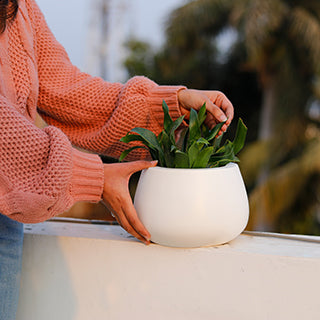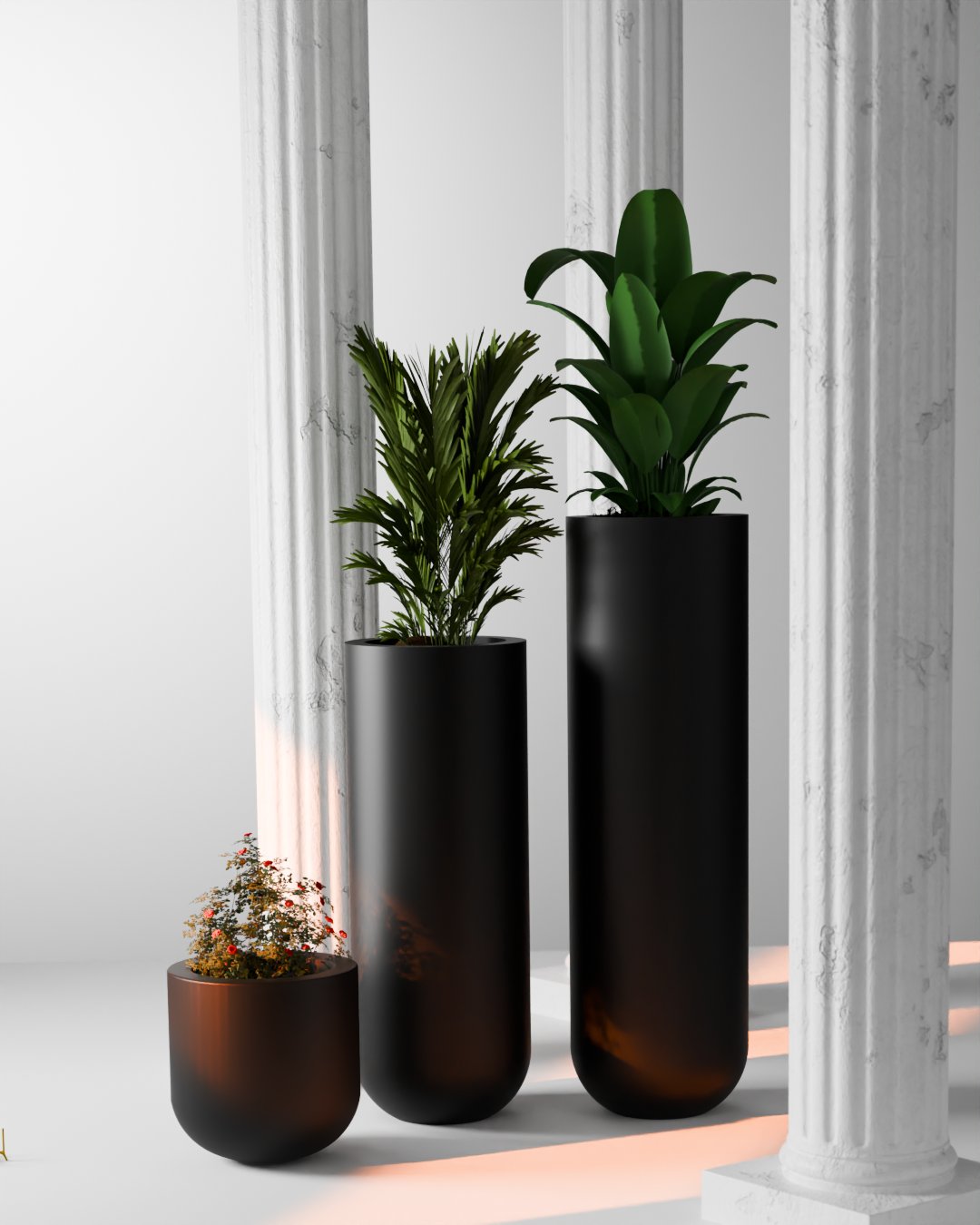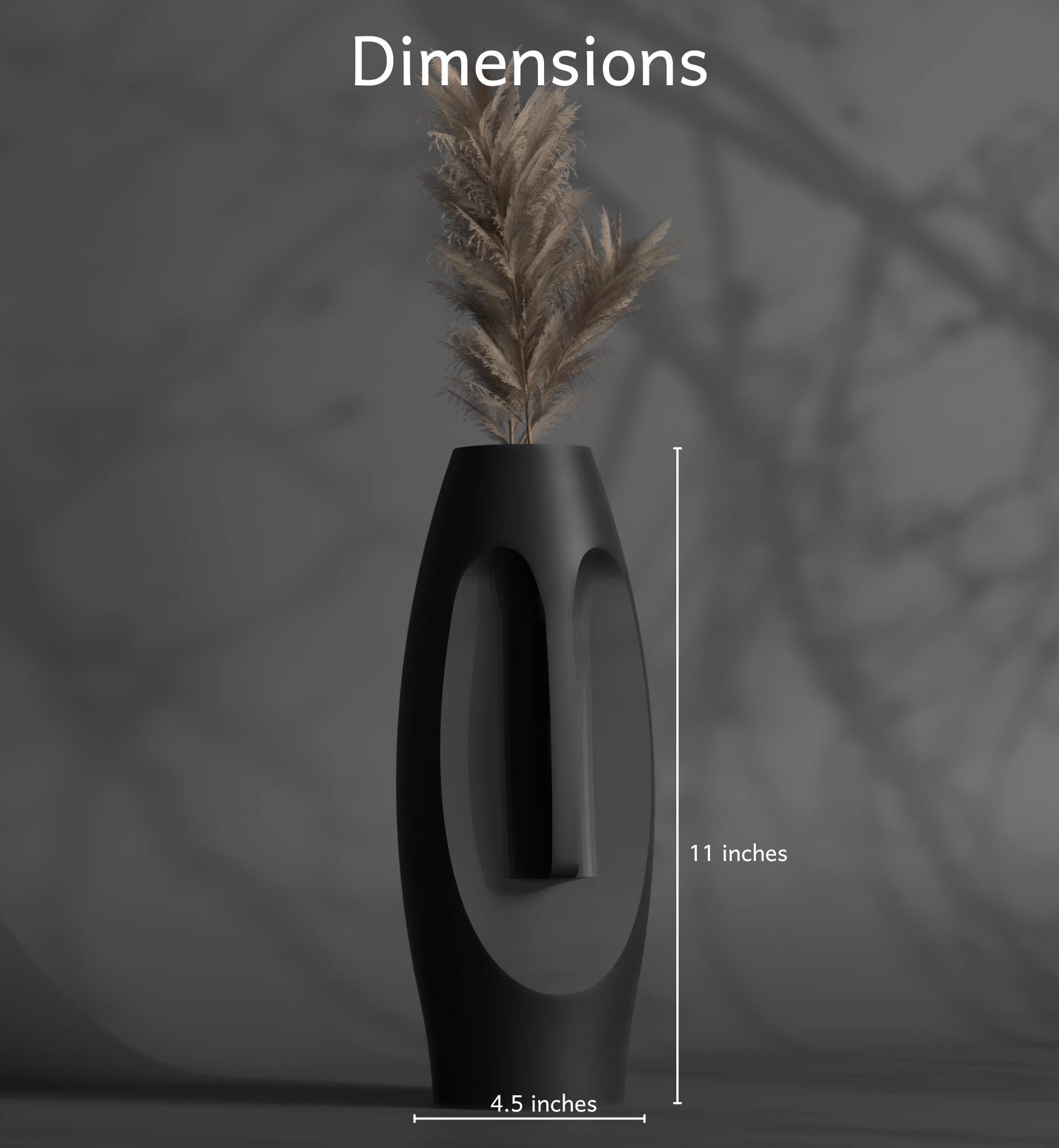
Reasons why FRP Planters can be a good alternative to regular planters
The Sustainable Choice: Why FRP Planters are a Good Alternative to Regular Ones
As the world becomes increasingly aware of the importance of sustainability and eco-friendliness, homeowners and gardeners are looking for ways to reduce their environmental footprint. One often overlooked aspect of gardening is the type of planters used. Traditional planters made from materials like ceramic, wood, or plastic can have a significant impact on the environment. However, FRP (Fiber-Reinforced Polymer) planters offer a sustainable alternative that can benefit both the environment and your plants.
What are FRP Planters?
FRP planters are made from a composite material consisting of a polymer matrix reinforced with fibers, typically glass or carbon. This combination of materials creates a strong, lightweight, and durable planter that can withstand various weather conditions.

Benefits of FRP Planters
Eco-Friendly: FRP planters are made from recyclable materials, reducing waste and the demand for virgin resources. They can also be recycled at the end of their life cycle, minimizing their impact on landfills.
Lightweight: FRP planters are significantly lighter than traditional planters, making them easier to transport and relocate. This reduces the carbon footprint associated with transportation and handling.
Durability: FRP planters are resistant to corrosion, cracking, and fading, ensuring they remain in good condition for years to come. This means you'll need to replace them less often, reducing waste and the resources required for new planters.
Low Maintenance: FRP planters are easy to clean and maintain, as they are resistant to mold, mildew, and pests. This reduces the need for chemical treatments and pesticides, creating a healthier environment for your plants.
Insulation: FRP planters provide excellent insulation, regulating soil temperature and reducing the risk of root damage. This leads to healthier plants and reduced water consumption.
Cost-Effective: FRP planters are often more affordable than traditional planters, making them a cost-effective option for homeowners and gardeners.
Design Flexibility: FRP planters can be molded into various shapes and designs, offering a wide range of aesthetic options to suit different styles and preferences.
Advantages for Plants
Improved Drainage: FRP planters often feature built-in drainage systems, ensuring that excess water is removed, and roots are not waterlogged.
Better Aeration: The breathable nature of FRP planters allows for improved air circulation, promoting healthy root growth and reducing the risk of root rot.
Temperature
Regulation: FRP planters help regulate soil temperature, reducing stress on plants and promoting healthy growth.
































